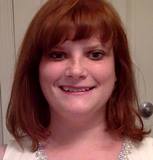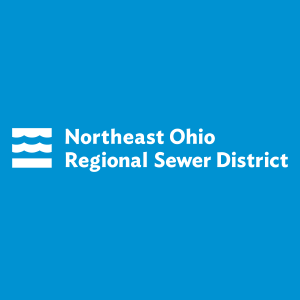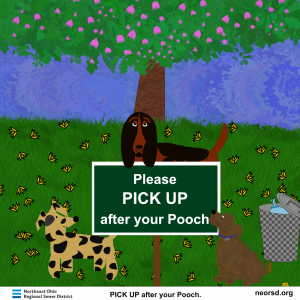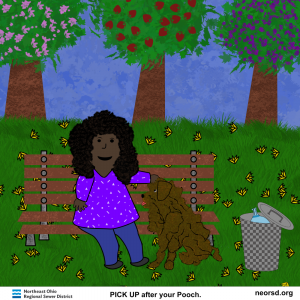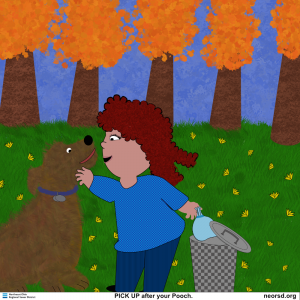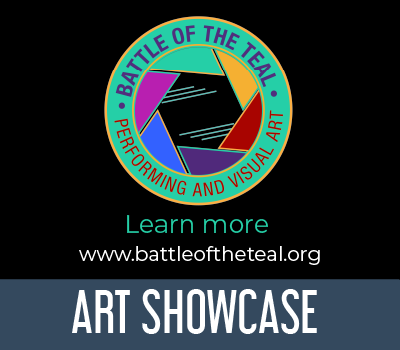One of humanity’s most enlightened periods was the Renaissance era (14th-17th century) when several city-states located in what is currently Italy underwent significant cultural changes. Did the era influence today’s education system? Let’s find out!
The Renaissance Era and Humanism
After the Dark Ages, people began to feel nostalgic about ancient Roman society. In addition, the times saw a rise in humanist philosophy. Humanism focuses on the welfare of individuals rather than that of the gods (with all the associated guilt), as was originally prevalent in medieval times. Humanists of that era regarded the individual as possessing great potential, believing that individuals could reach their greatest achievement in the Greece and Rome of their day. Humanists like fourteenth-century Italian scholar Francesco Petrarch did not believe one needed to repent for his or her sins in the Catholic Church. They sought to study art, science, and music.
How Humanism Shaped Modern Art and Science
During the Renaissance period, wealthy merchants and nobles often commissioned artwork. Among the most influential families of that era responsible for doing so was the Italian Medici family that ruled Florence. If not for their undertaking to feed, shelter, and support artists financially, the world would have been deprived of works such as those of the famed Michelangelo. One of Michelangelo’s most famous sculptings was that of the biblical David, which differed from previous depictions in that it did not entail a young David holding Goliath’s head. Another unique feature of David was his contrapposto pose, which added balance and a more dynamic (or relaxed) appearance. However, other sculptors thought the pose was quite outmoded for the Renaissance era.
Though there were no scientists among the Medici family, they fully supported revolutionary figures such as Galileo, who was best known for his discovery of Jupiter’s four largest moons. Galileo taught multiple generations of the family until he was accused of heresy during the Inquisition. His ideas were so innovative and compelling that he has been referred to as the father of modern science (or physics) by scientific personalities such as Albert Einstein and Stephen Hawking.

How Humanism Shaped Modern Literature
Some of the most well-known Renaissance-era authors, such as Giovanni Boccaccio, were also humanists. Boccaccio, a student of Italian scholar Petrarch, wrote a book containing a hundred short stories told by citizens fleeing the Black Death. It was titled The Decameron and was considered so legendary that English writers like Shakespeare and Chaucer borrowed its ideas. A lesser-known author was Christine de Pizan, who served as a court writer for the French nobility, in part to support several relatives. Many were intrigued by her professional role and expertise in debate, as both were considered unusual for females during that time in history. Her most famous work was a book offering advice and guidance for women, titled The Treasure of the City of Ladies. The book was revolutionary in that it advised women never to slander one another.
Conclusion
Although the Renaissance occurred nearly six hundred years ago, it played an essential part in modern arts, humanities, and science. People around the world have learned to question and create thanks to the legendary figures who existed long ago.
Originally published in Zealousness issue 14; 2023 revision by Kimberlee Bass.
Read more articles about Humanities and other Education-related topics on our Zealousness blog Education – iN Education Inc. (ineducationonline.org).
Sources
- Original: Italianrenaissance.org. (2012). Basic Ideas of the Renaissance. [online] Available at: http://www.italianrenaissance.org/welcome/.
- History.com Editors. “The Medici Family.” History.com. A&E Television Networks, November 9, 2009. https://www.history.com/topics/renaissance/medici-family.
- McLean, John. “Western Civilization.” Christine de Pizan | Western Civilization. Accessed October 16, 2019. https://courses.lumenlearning.com/suny-hccc-worldhistory/chapter/christine-de-pizan/.


